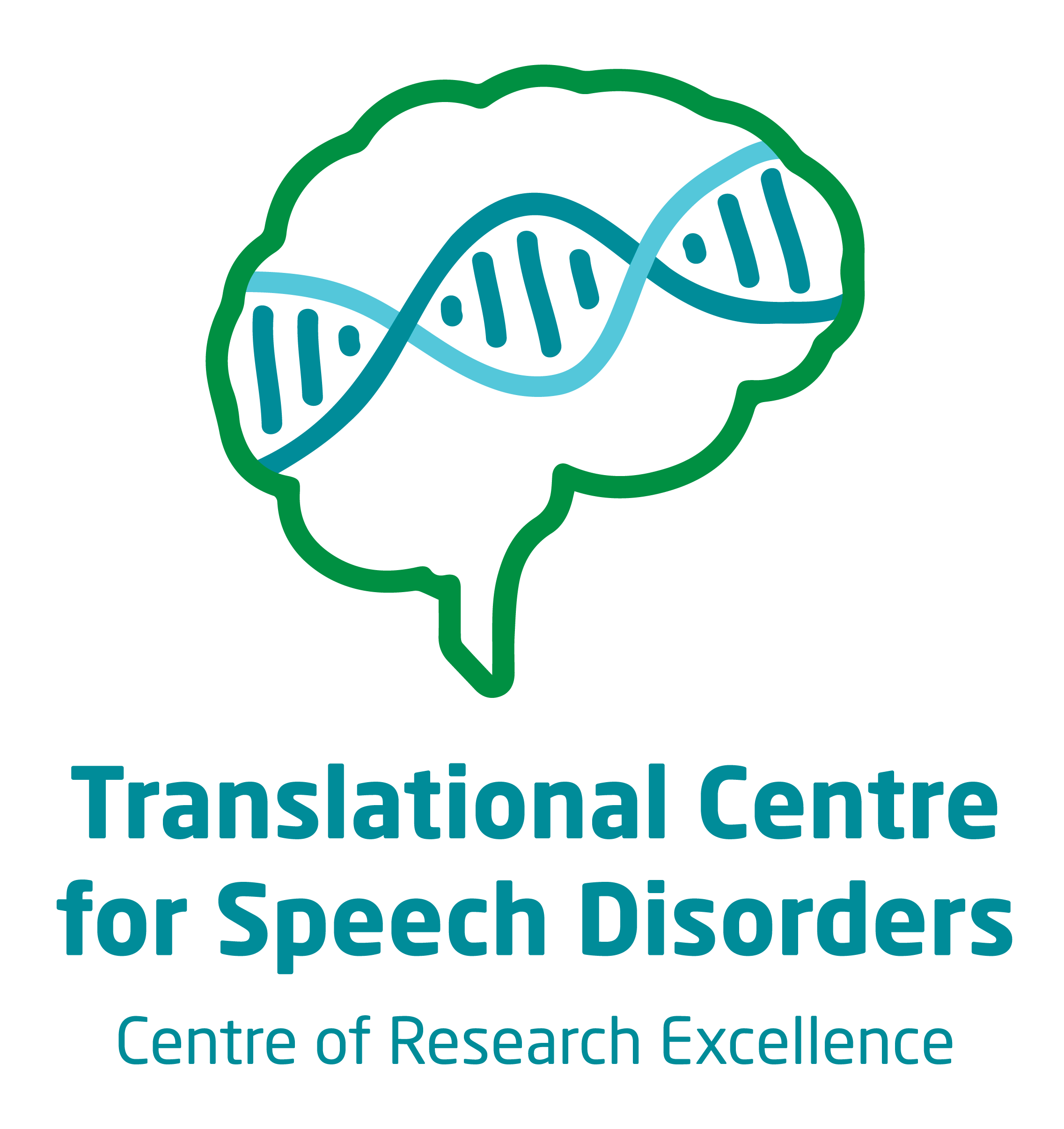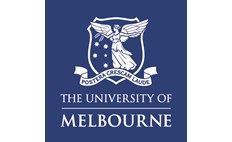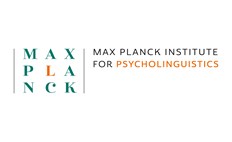ZNF142
What is a ZNF142-related disorder?
Zinc finger proteins (ZNF) have established roles in the modulation of a wide range of cellular processes and are particularly important in the brain (1). ZNF gene variations have been implicated in a range of neurodevelopmental disorders such as autism spectrum disorder and intellectual disability, and movement disorders such as tremor and dystonia. ZNF142 is a gene on chromosome 2q.35 which encodes zinc finger protein 142. ZNF142 is thought to be involved in transcriptional regulation, meaning that it regulates the conversion of DNA to RNA (i.e. deciding which genes to turn on and off). ZNF142 gene variations are associated with intellectual disability and speech impairment, as well as possible seizures and movement disorders including tremor and dystonia (2).
Contact
For further information, do get in touch with the CRE Speech and Language team at:
Email: geneticsofspeech@mcri.edu.au
Phone: (03) 9936 6334
Frequently asked questions
There are only a small number of recorded cases of individuals with ZNF142 gene variations. At present, it appears that these variations are associated with intellectual disability and speech impairment, as well as movement disorders such as tremor and dystonia, and possible seizures (2). Presentation and severity will vary from child to child.
There is insufficient evidence at present to determine when individuals with a ZNF142 gene variation will begin speaking. Available research suggests that speech and language are impacted in this population (2), which means that they are unlikely to meet the typical communication milestones at the same age as their peers. However, it could be the case that there are milder cases which have not been documented on.
There are only a small number of recorded cases of individuals with ZNF142 gene variations, and not all of these presented cases have information about speech and language abilities. Present research has included: individuals with expressive language delay or disorder, individuals who communicated via sign language, those who used some spoken words, and individuals with Childhood Apraxia of Speech (CAS), which is a motor speech disorder affecting production, sequencing, and stress of speech (3) (2). There is considerable variability between individuals reported so far and there is not yet sufficient evidence to discuss typical speech features in children with ZNF142 gene variations.
Our team is currently studying how individuals with ZNF142-related speech and language disorders develop speech over time. There is considerable variability between individuals. Individuals may not develop verbal speech but may instead communicate using augmentative and alternative communication (AAC) devices or sign language, they may use a combination of verbal speech and AAC, or they may solely use verbal speech. It is unclear as to whether individuals’ speech will change over time.
Individuals with ZNF142-related speech and language disorders may or may not attend mainstream schools, depending on intellectual capabilities, how severe their symptoms are, and how much care they require. This is decided on a case by case basis. Necessary support may include altered access to the curriculum, a classroom aide, and ongoing speech pathology intervention.
At present, speech and language therapies are focused on the individual’s communication needs and the goals for the child and for the family. There is no specific treatment for ZNF142-related speech and language disorders. A speech pathology assessment will highlight the areas requiring intervention.
CAS may be common in children with ZNF142 gene variations (4). There are a number of evidence-based treatments for CAS, such as the Nuffield Dyspraxia Programme version 3 (NDP-3) and the Rapid Syllable Transition Treatment (ReST) (5), which may be beneficial for some individuals.
Individuals who are nonverbal or minimally verbal may benefit from AAC options such as picture-exchange systems or electronic devices.
For information and support on childhood apraxia of speech: https://www.apraxia-kids.org
References
- Laity, J.H., Lee, B.M., Wright, P.E. (2001). Zinc finger proteins: new insights into structural and functional diversity. Current opinion in structural biology, 11(1), 39-46.
- Khan, K., Zech, M., Morgan, A.T., Amor, D.J., Skorvanek, M., Khan, T.N., et al. (2019). Recessive variants in ZNF142 cause a complex neurodevelopmental disorder with intellectual disability, speech impairment, seizures, and dystonia. Genetics in Medicine, 21(11), 2532-2542.
- Nijland, L., Maassen, B., van der Meulen, S. (2003). Evidence of motor programming deficits in children diagnosed with DAS. Journal of Speech, Language, and Hearing Research.
- Marseglia, G., Scordo, M.R., Pescucci, C., Nannetti, G., Biagini, E., Scandurra, V., et al. (2012). 372 kb Microdeletion in 18q12. 3 causing SETBP1 haploinsufficiency associated with mild mental retardation and expressive speech impairment. European Journal of Medical Genetics, 55(3), 216-221.
- Murray, E., McCabe, P., Ballard, K.J. (2015). A randomized controlled trial for children with childhood apraxia of speech comparing rapid syllable transition treatment and the Nuffield Dyspraxia Programme–Third Edition. Journal of Speech, Language, and Hearing Research, 58(3), 669-686.
- National Centre for Biotechnology Information. (2020). ZNF142 zinc finger protein 142 [Homo sapiens (human)]. Retrieved from https://www.ncbi.nlm.nih.gov/gene/7701.
- NIH U.S National Library of Medicine (2019). ZNF142. Retrieved from https://ghr.nlm.nih.gov/gene/ZNF142#resources.






